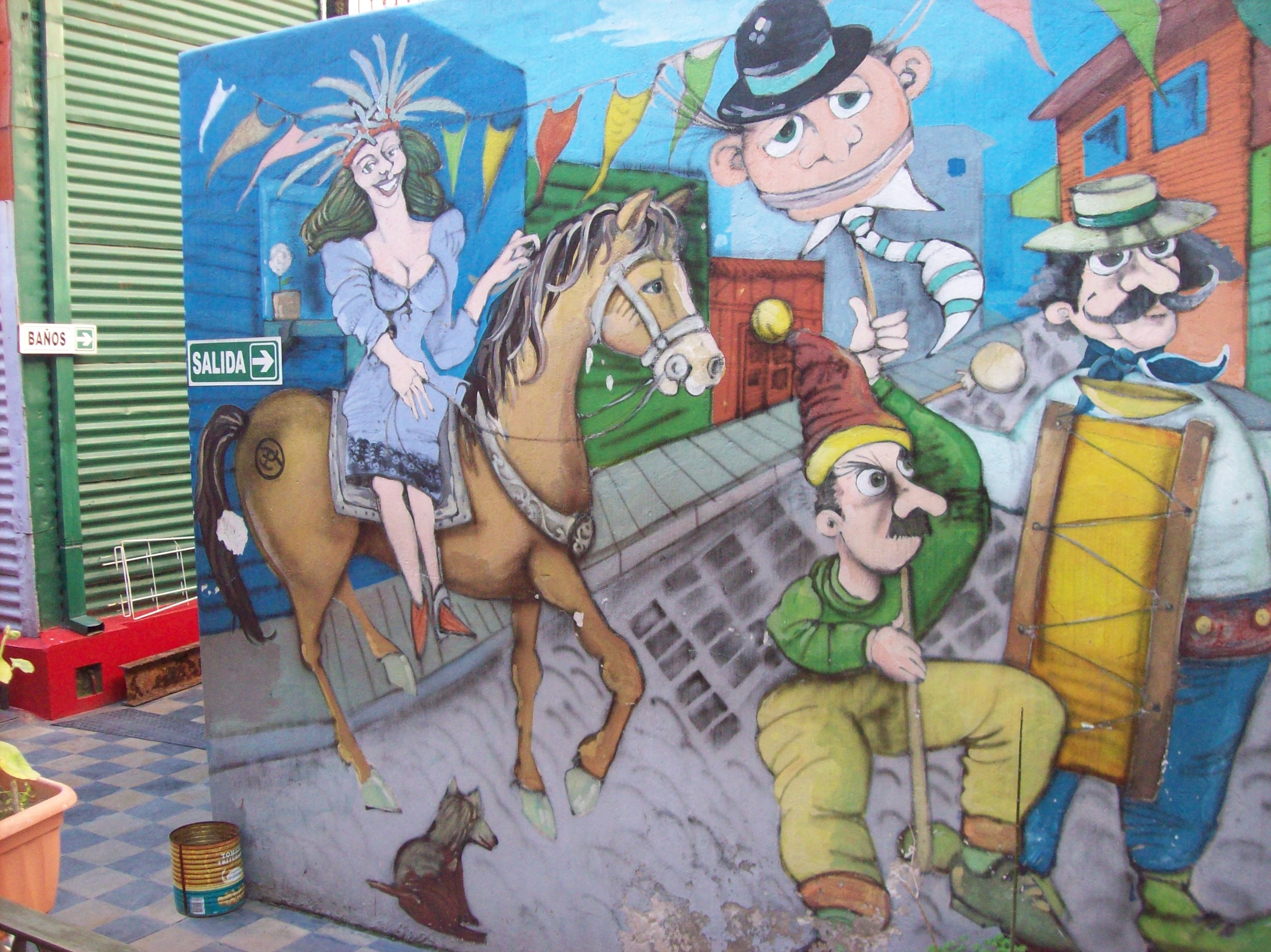Abstract
The introduction of Generative Adversarial Networks into the art world has revitalized the classic question: can a machine create art? These algorithms require minimal human intervention to function, so their creations are considered CG-art. In this particular kind of art, computers are not a tool for human service, but an autonomous creative agent. On the other hand, recent cognitive studies have shown that people are skeptical of the idea that a machine can create art. This article aims to show that CG-art cannot be arbitrarily excluded from the art domain. For this, Dickie's distinction between natural-kind and cultural-kinds theories of art is used. Then, using Searle's concept of status-function, I propose to consider art as a language-independent phenomenon. Complementing both approaches, I argue that the best art theory to explain the CG-art phenomenon is a natural-kind theory. This implies that society cannot deny the character of art to these algorithmic creations. Thus, the idea that machines can create art is strengthened.
References
Adam, D. (2019). Art attribution: AI enters the fray. Nature, 570, 161-162. doi:10.1038/d41586-019-01794-3
Boden, M., & Edmonds, E. (2009). What is generative art? Digital Creativity, 20(1-2), 21-46. doi:10.1080/14626260902867915
Chamberlain, R., Mullin, C., Scheerlinck, B., & Wagemas, J. (2018). Putting the Art in Artificial: Aesthetic Responses to Computer-Generated Art. Psychology of Aesthetics Creativity and the Arts, 12(2), 177-192. doi:10.1037/aca0000136
Dickie, G. (1997). Art: Function or Procedure: Nature or Culture? The Journal of Aesthetics and Art Criticism, 55(1), 19-28. doi:10.2307/431601
Elgammal, A., Liu, B., Elhoseiny, M., & Mazzone, M. (June de 2017). CAN: Creative Adversarial Networks Generating "Art" by Learning About Styles and Deviating from Style Norms. Eighth International Conference on Computational Creativity. Atlanta. Recuperado el 23 de Junio de 2017, de https://arxiv.org/abs/1706.07068v1
Guerreiro, V. (2012). Thinking Clearly About Music. Teorema: Revista Internacional de Filosofía, 31(3), 25-47. Obtenido de http://www.jstor.org/stable/43046954
Guijarro, R. (2016). La literatura en la ontología social de John Searle. Revista de Literatura, 78(155), 11-36. doi:10.3989/revliteratura.2016.01.001
Hertzmann, A. (2018). Can Computers Create Art? Arts, 7(2), 18. doi:10.3390/arts7020018
Lenz, M. (2018). Early Argentine Computer Art at the Victoria & Albert Museum. Journal of Design History, 31(2), 154-166. doi:10.1093/jdh/epx035
Manovich, L. (2005). El lenguaje de los nuevos medios de comunicación. La imagen en la era digital. (Ó. Fontrodona, Trans.) Barcelona: Paidós Ibérica.
Miller, A. (2019). The Artist in the Machine: The World of AI-Powered Creativity (Kindle ed.). Cambridge: The MIT Press.
Searle, J. (1997). La construcción de la realidad social. (A. Domènech, Trans.) Barcelona: Paidós Ibérica.
Searle, J. (2010). Making the Social World: The Structure of Human Civilization. Oxford: Oxford University Press.






